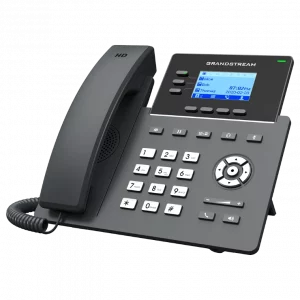DID Demystified

DID provides a direct route to an individual extension.
When we wrote earlier this week about common SIP trunking acronyms, we left off DID. Today, we correct the oversight and tell you everything you ever wanted to know (and maybe some stuff you didn’t want to know) about DID.
What is DID?
DID stands for direct inward dialing. It is a feature typically used with private branch exchange (PBX) systems that allows individual extensions on the PBX to be reached directly with its own standard outside number. People often refer to their DID as their “direct line.” DID makes it possible for callers to bypass the operator or main line automated attendant and reach a particular party right away.
When used with a PBX, the service uses DID trunks, which forward only the last three to five digits of a phone number to the PBX or gateway. As an example, if a company has phone extensions 555-4000 – 555-4333, and someone calls 555-4001, the local office would forward 001 to the PBX and the call would be routed to the correct extension.
The term has evolved along with telephony, and now, Voice Over IP (VoIP) providers commonly refer to individual numbers provided to their customers as DIDs. In fact, that is how we at SIP.US use the term.
How is DID Used with SIP?
When someone from an outside telephone dials a user with a SIP phone, the call is sent from the Public Switched Telephone Network (PSTN) through a gateway which connects the call to the SIP network. The call will ring directly to the SIP user who has been assigned the DID number. In VoIP calling and SIP the DID is not required for outbound calls, but usually one of the subscriber’s DID numbers is designated for caller ID on outbound calls if applicable.
DID Considerations
Customers evaluating SIP providers will want to be certain that their SIP provider has a large number of local DIDs available or can quickly obtain them through the upstream carrier. This is sometimes referred to as a provider’s “DID footprint.” Customers with an international presence will want to be certain that their SIP provider has international DID’s available.
DID is one of many important components of the overall modern telephony infrastructure. Like many others, the exact nuances of the term and it’s application have changed over time, but the core idea of being able to reach an individual directly has not changed.
If there are any other terms you would like us to explore in depth, please just leave a note in the comments, we’re happy to oblige.


